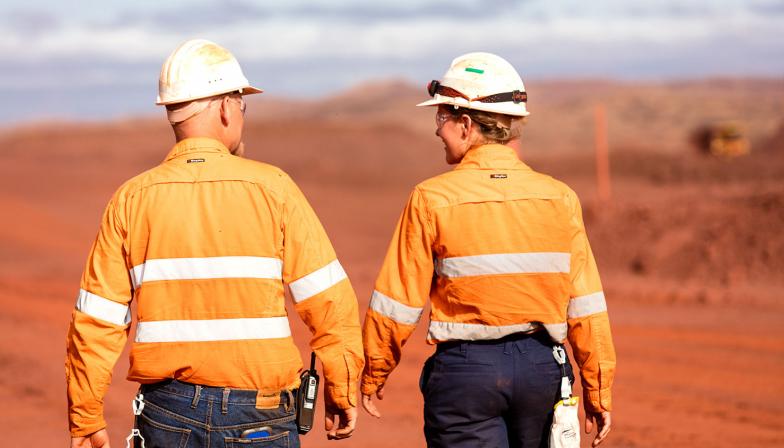BHP, the largest producer of iron ore, six months ago, during the semi-annual results for fiscal year 2019, prudently expressed caution in commodity markets. In general, events since then have justified this caution. The result was a mixed pricing behavior for our key products.
The company writes: during the weeks leading up to our fiscal year 2019 results, commodity prices and financial market volatility were raised amid deepening policy uncertainty.
We revised our short-term medium-term growth forecast downward twelve months ago to reflect the negative effects of enhanced trade protection, partially offset by more expansionary domestic policies. Although we keep this forecast in this update, we take into account the emerging risks of decline based on recent policy guidance. Although end-use demand has been slightly higher than expected in the calendar year to date, and monetary policy settings have been weakened in many countries, persisting trade uncertainty remains a serious negative compensator.
Over the next 12 months, we estimate that the directed risks to prices in our diversified portfolio will be reduced to a greater extent. We expect that the average reference prices for raw materials for steel production are likely to remain above long-term marginal costs, but we expect to see lower prices in fiscal 2020 than in the just completed one. It is expected that differences in products for both products will remain favorable for higher-quality manufacturers, albeit narrower than the extremes of recent history, as the profitability of the steel industry is normalizing.
As the events of the past few weeks have clearly demonstrated, oil and copper prices are largely subject to fluctuations in global policy uncertainty. We believe that the fundamental commodity fundamentals of the oil and copper markets are reliable. We believe that their forecasted short-term ranges of fair value are similar to six months ago, but in the coming year we are inclined towards the lower half of these ranges.
If you look at the nearest picture, in the medium term we will see the need for an additional proposal, both new and substitute, for most sectors in which we operate.
In many cases, this can lead to a higher value proposition being included in the cost curve.
It can be expected that this predicted increase in cost curves will reward disciplined owner-operators with high-quality assets.
In terms of demand, we continue to see developing Asia as a region rich in opportunities. It is expected that China, India, ASEAN and the global influence of the Chinese Belt and Road Initiative will provide additional demand for our products.
As the true economic costs of protecting trade are gradually recognized by global consumers, we expect that eventually a popular mandate will be created to create a more open international trading environment.
Looking even further, the basic elements of our positive long-term outlook remain in place.
Population growth and improved living standards are likely to stimulate demand for energy, metals and fertilizers in the coming decades.
New centers of demand will emerge where the double levers of industrialization and urbanization are still developing today. Electrification of transport and decarbonization of stationary energy will develop. Integrated management of biosphere and ethical end-to-end supply chains will become even more important in gaining and maintaining the trust of the community and investors.
The ability to provide and demonstrate social value to our host communities and our customers will be a key factor in our strategy and a source of competitive advantage.
Against this background, we are confident that we have the right assets in the right products in the relevant jurisdictions, with an attractive choice, with diversified demand depending on the end-use sector and geography, combined with the right social offer.
However, we remain wary of opportunities to expand our range of options in attractive products that will work well in the world we are facing today and will remain stable in the uncertain world that we will face tomorrow.
Global economic growth
World economic growth is likely to be at the bottom of the recent range of 3–3 percent in real terms in the calendar year 2019. This is less than an average of 3¾ percent in the previous two years. Each of the five largest economies — the United States, China, India, Europe, and Japan — is expected to show either fixed or slower growth compared to.



